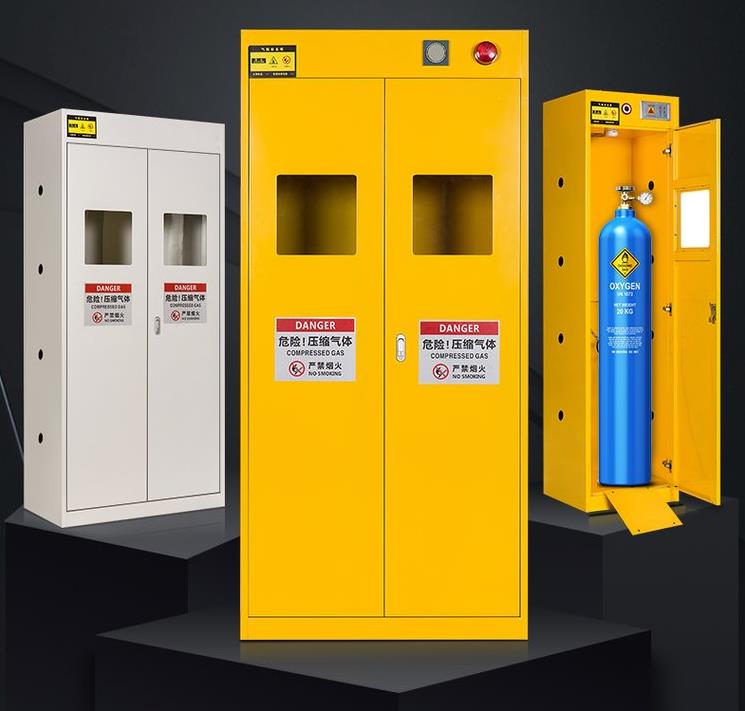Chemical reagents generally have different degrees of toxic effects on the human body. Therefore, in production, use, and waste disposal, unreasonable use or management of chemical reagents can easily lead to severe consequences such as property loss, environmental pollution, personal injury, and death.
The significance of strengthening the safe use and management of hazardous chemicals in the laboratory lies in: strengthening legal awareness, standardizing laboratory order, improving laboratory safety management, strengthening the safety awareness of laboratory operations, avoiding casualties and property losses, strengthening supervision and management, Guarantee the sustainable development of the economy.
Table of Contents
Definition of Hazardous Chemicals
Hazardous chemicals are substances prone to explosion, combustion, poisoning, corrosion, radioactivity, and chemicals that can cause disasters and accidents under the influence of external factors.
Classification and Characteristics of Hazardous Chemicals
Explosives
It has the characteristics of solid explosiveness and high sensitivity, so explosives must be kept from fire and heat sources and shockproof during storage and transportation.
Compressed Gas and Liquid Gas
According to their physical and chemical properties, they can be divided into three categories: flammable gas, non-flammable gas, and toxic gas.
Flammable Liquid
It has six dangerous characteristics: highly volatile, explosive, highly fluid and diffusible, heat-expandable, avoiding oxidants and acids, and toxicity.
Flammable Solids
Flammable solids, spontaneous combustion items, and flammable items in contact with moisture: low ignition point, sensitive to heat, impact, and friction, easily ignited by external fire sources, burns rapidly,, and may emit toxic fumes or toxic gases, such as red phosphorus, Sulphur, etc.
Oxidant
It has strong oxidizing properties, is easy to decompose and releases oxygen and heat, and is sensitive to heat, vibration, or friction; organic peroxides are flammable, explosive, easy to decompose, and extremely sensitive to heat, vibration,, and friction.。
Drugs
There are drugs: After entering the body, the accumulation of a certain amount will disrupt or destroy the normal physiological functions of the body, causing pathological changes and even life-threatening; poisons can enter the human body through three ways: ingestion, inhalation, and transdermal.
Radioactive substances
It is subdivided into first-grade radioactive substances, second-grade radioactive substances,, and third-grade radioactive substances according to their radioactivity, such as metallic uranium.
Corrosive Products
Corrosion will harm the human body, destroy organisms and corrode metals.
How To Manage
For the sake of safety, before using chemical reagents, it is necessary to fully understand their safety performance, including flammable and explosive, corrosive, toxic, radioactive, oxidizing solid and volatile irritating gases, etc.,, safety precautions to avoid unnecessary hazards.
Read the technical instructions carefully before use and operate in strict accordance with the operating procedures; wear personal protective equipment and protective glasses if necessary by the safety requirements of the laboratory before the experiment; Eating and drinking indoors are strictly prohibited.
Specific Precaution Measure
Slowly Pour Sulfuric Acid
You need to carefully operation,when adding sulfuric acid, the sulfuric acid must be slowly added to the water and stirred continuously to prevent splashing and to scald the skin and clothes.
Cover The Lid
Use volatile reagents such as ethanol and ammonia in a fume hood, and cover the lid after use.
Control Temperature
When using strong oxidizing chemical reagents, the ambient temperature should not be higher than 30 ℃, the ventilation should be good, and do not use (heating) with organic or reducing substances.
Replace Work Clothing
After using toxic chemical reagents, wash and replace work clothes in time.
Avoid Contact Water
When use metal potassium, sodium, lithium, calcium, aluminum hydride, etc., to avoid direct contact with water.
Strong Alkaline Store In Narrow-Mouth Bottles
Strong alkaline solutions such as sodium hydroxide should be stored in narrow-mouth bottles with rubber stoppers (plastic stoppers or cork stoppers).
Not Directly Insert Pipette
All prepared solutions and preparations cannot be directly inserted into the test solution bottle with a pipette (or graduated pipette).
Reagent Store Properly
All reagents placed in categories should be put back in their original places immediately after use, with uniformly prepared labels, and the handwriting should be clear. Items that do not match the labels are never allowed to be loaded.
Management Of Hazardous Chemicals
If there are drugs, the “five-double management system” should be implemented: two person receive the chemical , two person delivery, two person storage, two person lock, and two person account.
For the safe and effective management of laboratory reagents, the following recommendations are made:
Procurement
To avoid repeated application for procurement and backlog of reagents, before purchasing reagents, you should check whether there are still any remaining reagents in the storage area.
Inbound
The type, quantity, packaging, danger signs, arrival time, etc. of the highly toxic reagents shall be checked and registered by at least two administrators for the highly poisonous and dangerous goods and then stored in the special reagent cabinet: drug storage cabinet, chemical storage cabinet, flammable storage cabinets, toxic element storage cabinet, etc. Special reagent cabinets should be equipped with corresponding fire protection facilities, set up apparent signs, and ensure smooth communication; the storage of hazardous chemicals must be isolated, separated and separated, and stored according to performance divisions, classifications, and sub-warehouses. Hazardous chemicals shall not be mixed and stored.
Use
When contacting highly poisonous and dangerous items, you must wear the necessary protective equipment and strictly implement the two-person sending and receiving system and two-person custody. The administrator should regularly check the usage status and immediately report to the person in charge if it is found to be stolen, lost,, or misused.
Note: Poison and dangerous goods administrators must be reliable, responsible,, and have specific professional knowledge.
Disposal
The waste should be strictly controlled by the principles of differentiated treatment, classified disposal, centralized disposal,, and harmless disposal. The reactant residue and waste liquid after the experiment cannot be thrown away casually but should be poured into the designated container, especially some flammable, highly corrosive,, and toxic dangerous goods (such as concentrated acid, organic solvents,, and drugs, etc.) Dispose of it properly before pouring it into the waste tank. It shall not be used for other purposes or discarded without authorization, and relevant records shall be kept.




